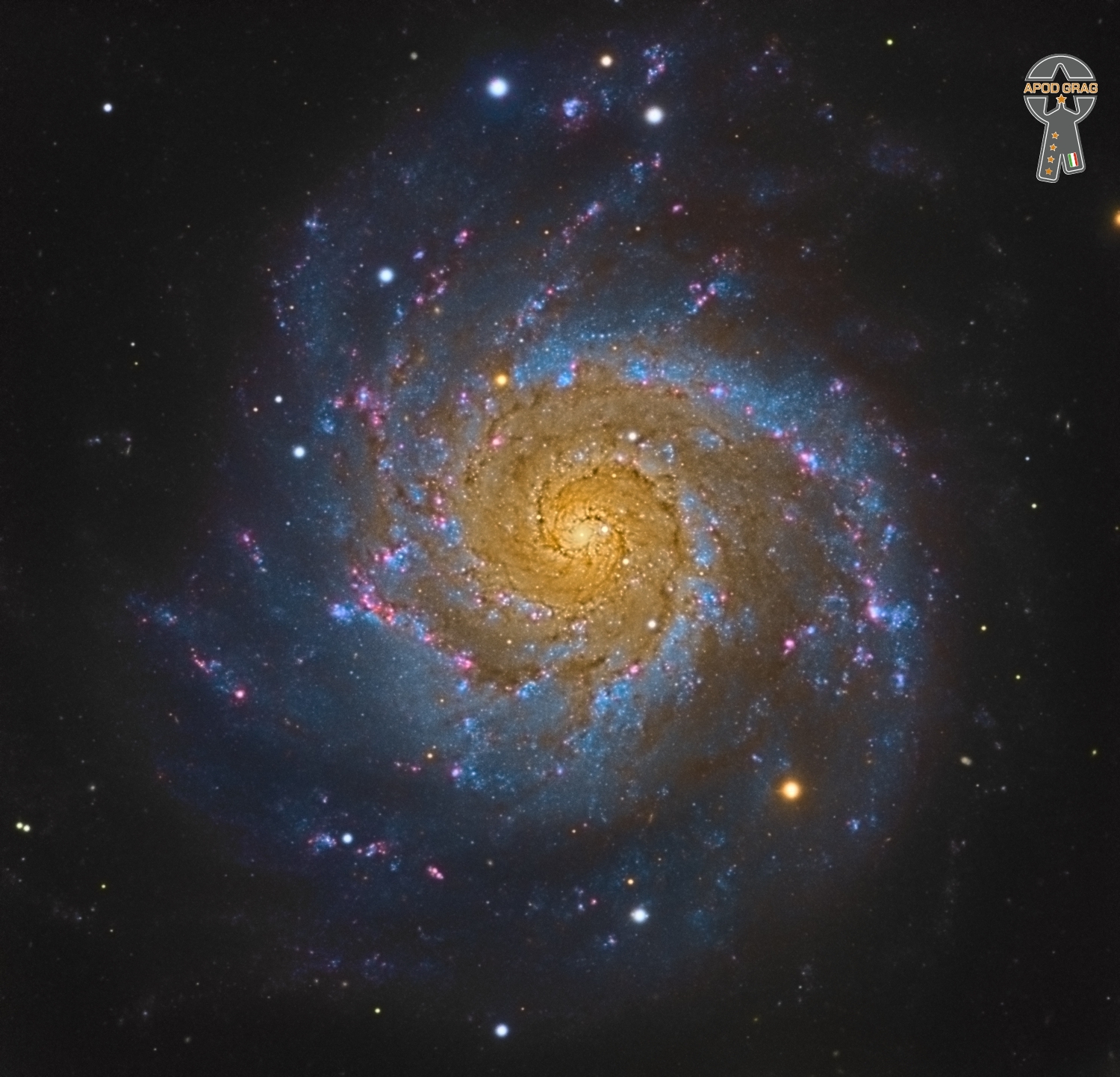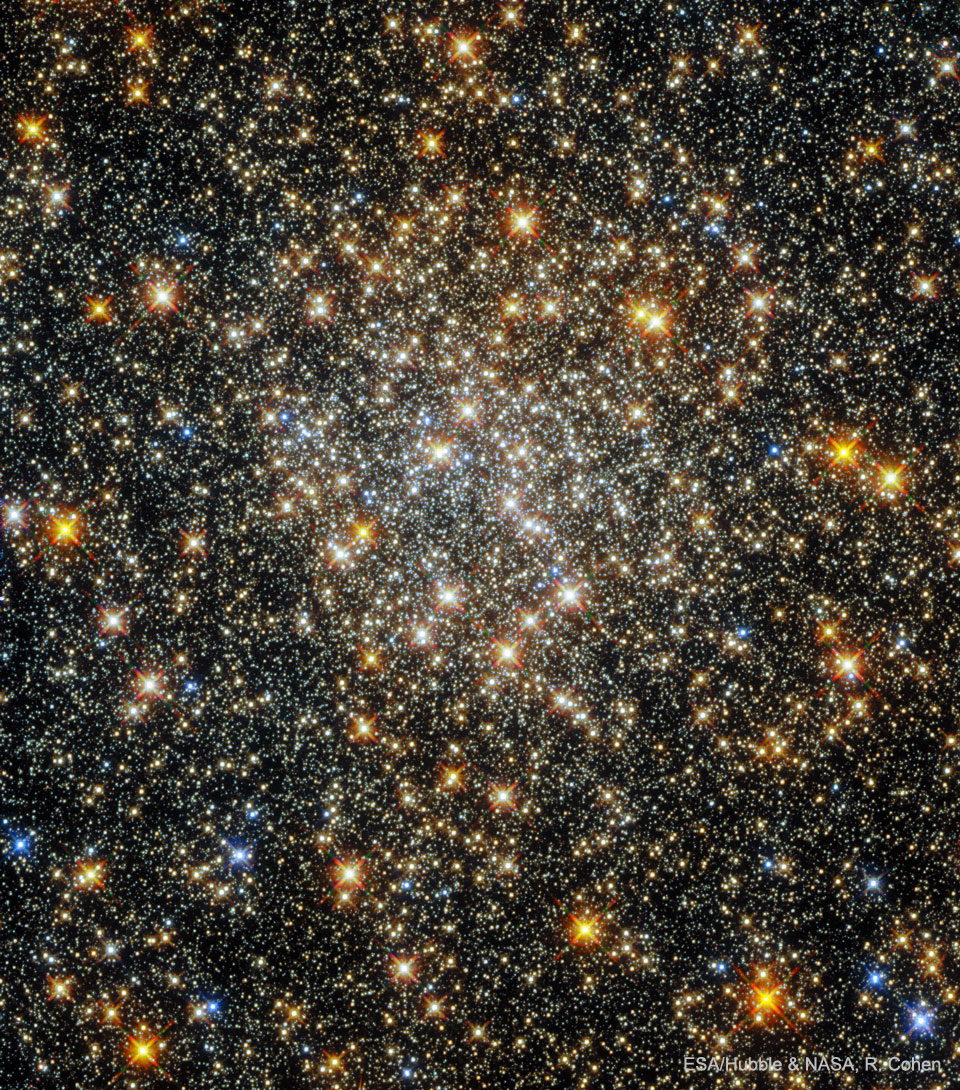Blog
Carlos Wesley “Don” Byas (October 21, 1912 – August 24, 1972) was an American jazz tenor saxophonist, associated with Swing and bebop. He played with Count Basie, Duke Ellington, Art Blakey, and Dizzy Gillespie, among others, and also led his own band. He lived in Europe for the last 26 years of his life.
Byas was born in Muskogee, Oklahoma, United States. Both of Byas’ parents were musicians. His mother played the piano, and his father, the clarinet. Byas began his musical education in the European classical tradition, learning to play violin, clarinet and alto saxophone, which he played until the end of the 1920s.
Benny Carter, who played many instruments, was his idol at this time. Byas started to perform in local orchestras at the age of 17, with Bennie Moten, Terrence Holder and Walter Page. He founded and led his own college band, Don Carlos and His Collegiate Ramblers, during 1931–1932, at Langston College, Oklahoma. Byas switched to the tenor saxophone after he moved to the West Coast, and played with several Los Angeles bands. In 1934, he took part in a West coast tour of Bert Johnson’s Sharps and Flats. He worked in Lionel Hampton‘s band at the Paradise Club in 1935, along with the reed player and arranger Eddie Barefield and trombonist Tyree Glenn. He also played with Buck Clayton, Lorenzo Flennoy and Charlie Echols.
more...
Messier 74 (also known as NGC 628 and Phantom Galaxy) is a large spiral galaxy in the equatorial constellation Pisces. It is about 32 million light-years away from Earth. The galaxy contains two clearly defined spiral arms and is therefore used as an archetypal example of a grand design spiral galaxy. The galaxy’s low surface brightness makes it the most difficult Messier object for amateur astronomers to observe. Its relatively large angular (that is, apparent) size and the galaxy’s face-on orientation make it an ideal object for professional astronomers who want to study spiral arm structure and spiral density waves. It is estimated that M74 hosts about 100 billion stars.

Thomas Earl Petty (October 20, 1950 – October 2, 2017 Gainsville, FL) was an American singer, songwriter, musician, record producer, and actor. He was the lead vocalist and guitarist of Tom Petty and the Heartbreakers, formed in 1976. He previously led the band Mudcrutch, and was also a member of the late 1980s supergroup the Traveling Wilburys.
Petty recorded a number of hit singles with the Heartbreakers and as a solo artist. His hit singles with the Heartbreakers include “Don’t Do Me Like That” (1979), “Refugee” (1980), “The Waiting” (1981), “Don’t Come Around Here No More” (1985) and “Learning to Fly” (1991). Petty’s hit singles as a solo act include “I Won’t Back Down” (1989), “Free Fallin’” (1989), and “You Don’t Know How It Feels” (1994). In his career, he sold more than 80 million records worldwide, making him one of the best-selling music artists of all time. Petty and the Heartbreakers were inducted into the Rock and Roll Hall of Fame in 2002.
He died of an accidental drug overdose on October 2, 2017, one week after the end of the Heartbreakers’ 40th Anniversary Tour.
more...Eddie Harris (October 20, 1934 – November 5, 1996) was an American jazz musician, best known for playing tenor saxophone and for introducing the electrically amplified saxophone. He was also fluent on the electric piano and organ. His best-known compositions are “Freedom Jazz Dance”, popularized by Miles Davis in 1966, and “Listen Here.”
Harris was born and grew up in Chicago, Illinois, United States. His father was from Cuba and his mother from Mississippi. He studied music under Walter Dyett at DuSable High School, as had many other successful Chicago musicians (such as Nat King Cole, Dinah Washington, Clifford Jordan, Johnny Griffin, Gene Ammons, Julian Priester, and Bo Diddley and others). He later studied music at Roosevelt University, by which time he was proficient on piano, vibraphone, and tenor saxophone. While in college, he performed professionally with Gene Ammons.
more...Ferdinand Joseph LaMothe (September 20, c. 1890 – July 10, 1941 NOLA), known professionally as Jelly Roll Morton, was an American ragtime and jazzpianist, bandleader, and composer. Morton was jazz’s first arranger, proving that a genre rooted in improvisation could retain its essential characteristics when notated. His composition “Jelly Roll Blues“, published in 1915, was one of the first published jazz compositions. He also claimed to have invented the genre.
Morton also wrote “King Porter Stomp“, “Wolverine Blues“, “Black Bottom Stomp“, and “I Thought I Heard Buddy Bolden Say”, the last being a tribute to New Orleans musicians from the turn of the 20th century.
Morton’s claim to have invented jazz in 1902 was criticized. Music critic Scott Yanow wrote, “Jelly Roll Morton did himself a lot of harm posthumously by exaggerating his worth…Morton’s accomplishments as an early innovator are so vast that he did not really need to stretch the truth.” Gunther Schuller says of Morton’s “hyperbolic assertions” that there is “no proof to the contrary” and that Morton’s “considerable accomplishments in themselves provide reasonable substantiation”
more...Charles Edward Ives (/aɪvz/; October 20, 1874 – May 19, 1954) was an American modernist composer, one of the first American composers of international renown. His music was largely ignored during his early life, and many of his works went unperformed for many years. Later in life, the quality of his music was publicly recognized, and he came to be regarded as an “American original”. He was also among the first composers to engage in a systematic program of experimental music, with musical techniques including polytonality, polyrhythm, tone clusters, aleatory elements, and quarter tones. His experimentation foreshadowed many musical innovations that were later more widely adopted during the 20th century. Hence, he is often regarded as the leading American composer of art music of the 20th century.
Sources of Ives’s tonal imagery included hymn tunes and traditional songs; he also incorporated melodies of the town band at holiday parade, the fi
Ives was born in Danbury, Connecticut, on October 20, 1874, the son of George (Edward) Ives (August 3, 1845 – November 4, 1894), a U.S. Army bandleader in the American Civil War, and his wife, Mary Elizabeth (Parmelee) Ives (January 2, 1849 or 1850 – January 25, 1929). The Iveses were one of Danbury’s leading families, and they were prominent in business and civic improvement and active in social causes, such as the abolition of slavery
more...https://www.youtube.com/watch?v=Z9hGU4LDC_k
more...Palomar 6 is one of about 200 globular clusters of stars that survive in our Milky Way Galaxy. These spherical star-balls are older than our Sun as well as older than most stars that orbit in our galaxy’s disk. Palomar 6 itself is estimated to be about 12.5 billion years old, so old that it is close to — and so constrains — the age of the entire universe. Containing about 500,000 stars, Palomar 6 lies about 25,000 light years away, but not very far from our galaxy’s center. At that distance, this sharp image from the Hubble Space Telescope spans about 15 light-years. After much study including images from Hubble, a leading origin hypothesis is that Palomar 6 was created — and survives today — in the central bulge of stars that surround the Milky Way’s center, not in the distant galactic halo where most other globular clusters are now found.

Peter Tosh, OM (born Winston Hubert McIntosh; 19 October 1944 – 11 September 1987) was a Jamaican reggae musician. Along with Bob Marley and Bunny Wailer, he was one of the core members of the band the Wailers (1963–1976), after which he established himself as a successful solo artist and a promoter of Rastafari. He was murdered in 1987 during a home invasion.
Tosh was born in Westmoreland, the westernmost parish of Jamaica. He was abandoned by his parents and “shuffled among relatives.” When McIntosh was fifteen, his aunt died and he moved to Trenchtown in Kingston, Jamaica. He first learned guitar after watching a man in the country play a song that captivated him. He watched the man play the same song for half a day, memorizing everything his fingers were doing. He then picked up the guitar and played the song back to the man. The man then asked McIntosh who had taught him to play; McIntosh told him that he had. During the early 1960s, as an aspiring musician, Tosh went to vocal teacher Joe Higgs, who gave free music lessons to young people. Through his contact with Higgs, Tosh met Robert Nesta Marley (Bob Marley) and Neville O’Reilly Livingston (Bunny Wailer). He then changed his name to Peter Tosh and the trio started singing together in 1962. Higgs taught the trio to harmonize and while developing their music, they would often play on the street corners of Trenchtown.
more...Masabumi Kikuchi (菊地 雅章, Kikuchi Masabumi, 19 October 1939 – 6 July 2015) was a Japanese jazz pianist and composer known for his unique playing style. He worked with many diverse musicians, including Sonny Rollins, Miles Davis, Mccoy Tyner, Elvin Jones, Gary Peacock and Paul Motian, and collaborated with Gil Evans and Tōru Takemitsu.
Masabumi Kikuchi was born in Tokyo in 1939. Following the firebombing of Tokyo in 1945, his family moved out of the city and settled in the rural Aizuwakamatsu, Fukushima prefecture, where his parents were born.
He studied music at the Tokyo Art College High School. While a student, he began buying second-hand records, most likely left behind by American soldiers. His early influences were Duke Ellington, Miles Davis and Thelonious Monk.[1] After graduating, he joined Lionel Hampton‘s Japanese touring band. He started a quintet with Terumasa Hino but soon after left for the US after winning a scholarship to study at Berklee College of Music.
He died from a subdural hematoma on 6 July 2015 at a hospital in Manhasset, New York. At the time of his death, he lived in Manhattan, New York City.
https://www.youtube.com/watch?v=SlR29FG2DcI
more...Willie Lee Perryman (October 19, 1911 – July 25, 1985), usually known professionally as Piano Red and later in life as Dr. Feelgood, was an American blues musician, the first to hit the pop music charts. He was a self-taught pianist who played in the barrelhouse blues style (a loud percussive type of blues piano suitable for noisy bars or taverns). His performing and recording careers emerged during the period of transition from completely segregated “race music” to rhythm and blues, which was marketed to both white and black audiences. Some music historians credit Perryman’s 1950 recording “Rocking With Red” for the popularization of the term rock and roll in Atlanta. His simple, hard-pounding left hand and his percussive right hand, coupled with his cheerful shout, brought him considerable success over three decades.
Perryman was born on a farm near Hampton, Georgia, United States, where his parents, Ada and Henry Perryman, were sharecroppers. He was part of a large family, though sources differ on exactly how many brothers and sisters he had. Perryman was an albino African American, as was his older brother Rufus, who also had a blues piano career as “Speckled Red“.
more...Farid al-Atrash (Arabic: فريد الأطرش; October 19, 1917 – December 26, 1974), also written Farid El-Atrache, was a Syrian-Egyptian composer, singer, virtuoso oud player, and actor. Having immigrated to Egypt at the age of only nine years old with his mother and siblings, he studied there under numerous respected musicians. Al-Atrash embarked on a highly successful career spanning more than four decades—recording 500 songs and starring in 31 movies. Sometimes referred to as “King of the Oud”, he is one of the most important figures of 20th- century Arab music.
Al-Atrash was born in Al-Qurayya, in southern Syria to the Druze princely al-Atrash family who fought the French colonial army. His father was Syrian and his mother was Lebanese.
As a young child, al-Atrash emigrated with his mother and siblings to Egypt, escaping the French occupation. Later, they were naturalized by the Egyptian government as citizens. Farid’s mother sang and played the Oud, which spurred his musical interest at an early age.
As a child and young adult, al-Atrash sang within school events. He studied at Egypt’s music conservatory and became an apprentice of the famous Egyptian composer Riad Al Sunbati. In the 1930s, al-Atrash began his professional singing career by working for privately owned Egyptian radio stations. Eventually, he was hired as an oud player for the national radio station and later as a singer. His sister, Asmahan, was also a talented singer, and for a while they worked together. In 1941, they starred in their first successful movie Intisar a l-Shabab (انتصار الشباب – The Triumph of Youth, 1941), in which Farid himself composed all the music.
more...Marcus Vinícius da Cruz e Mello Moraes (19 October 1913 – 9 July 1980), also known as Vinícius de Moraes (Portuguese pronunciation: [viˈnisjuʃ dʒi moˈɾajʃ]) and nicknamed O Poetinha (“The little poet”), was a Brazilian poet, lyricist, essayist, and playwright. Along with frequent collaborator Antônio Carlos Jobim, his lyrics and compositions were part of the birth of bossa nova music. He recorded several albums and also served as a diplomat.
Moraes was born in Gávea, a suburb of Rio de Janeiro, to Clodoaldo da Silva Pereira Moraes, a public servant, and Lidia Cruz, a housewife and amateur pianist. In 1916, his family moved to Botafogo, where he attended Afrânio Peixoto Primary School. In 1920, he gained entrance to a Masonic lodge through his maternal grandfather. Fleeing the 18 of the Copacabana Fort revolt, his parents moved to Governador Island while Moraes remained at his grandfather’s home in Botafogo to finish school. During visits with his parents on weekends and holidays, he became acquainted with the composer Bororo.
more...
More Posts
- Lenny Breau Day
- World Music with Pandit Kumar Bose
- Daily Roots with Winston & George
- The Cosmos with M 106
- World Music with Leonard Dembo & Barura Express
- Daily Roots with the Heptones
- The Cosmos with HBH3
- Roscoe Mitchell Day
- Charlie Shavers Day
- Eddie Jefferson Day
- World Music with Paco de Lucía & Ricardo Modrego
- Daily Roots with Prince Buster
- The Cosmos with NGC 6744
- Naná Vasconcelos Day
- Carl Saunders Day
- World Music with Faenza Codex
- Daily Roots with Earl Sixteen
- Jerry Garcia Day
